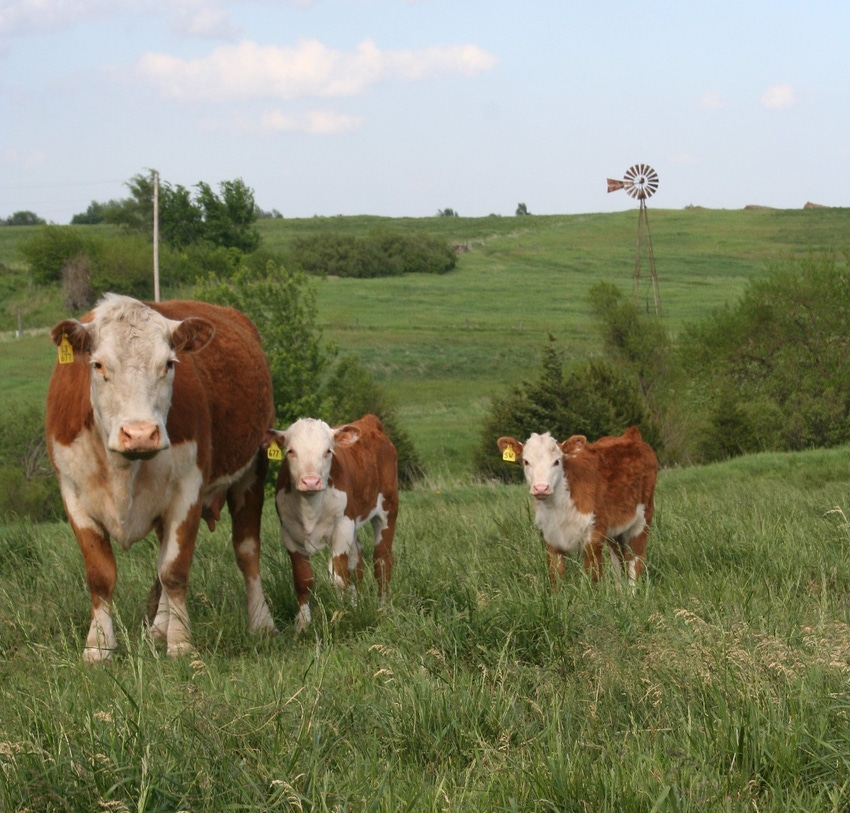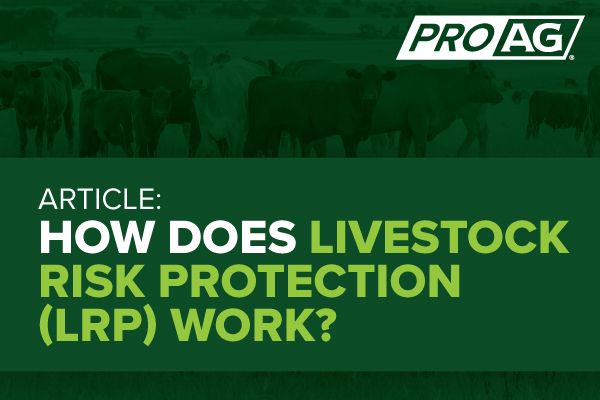Trick Factors to Take Into Consideration When Finding Livestock Risk Security (LRP) Insurance Policy
When evaluating options for Animals Danger Security (LRP) insurance, numerous crucial elements call for careful factor to consider to make certain effective danger management in the agricultural market. Picking the ideal coverage options customized to your details animals procedure is critical, as is comprehending exactly how exceptional costs associate with the degree of security supplied. Additionally, the eligibility criteria for different kinds of livestock and the versatility of the policy to adapt to altering situations are crucial aspects to weigh. Furthermore, the effectiveness and openness of the insurance claims procedure can substantially affect the total experience and financial end results for livestock producers. By tactically navigating these important elements, manufacturers can secure their financial investments and minimize possible threats properly.
Protection Options
When taking into consideration Animals Threat Protection (LRP) insurance coverage, it is important to recognize the various protection choices offered to minimize dangers in the agricultural market. Animals Threat Security (LRP) insurance supplies different insurance coverage options tailored to fulfill the varied needs of livestock manufacturers. Bagley Risk Management. One of the key insurance coverage options is cost protection, which protects versus a decline in market prices. Producers can select the protection degree that straightens with their price danger administration objectives, permitting them to safeguard their procedures versus possible financial losses.
Another essential protection option is the endorsement duration, which identifies the length of time the coverage holds. Producers can select the recommendation duration that best fits their production cycle and market problems. Additionally, insurance coverage levels and rates differ based on the sort of livestock being insured, giving manufacturers the versatility to personalize their insurance coverage plans according to their specific requirements.
Recognizing the various protection alternatives available under Livestock Risk Protection (LRP) insurance is important for manufacturers to make informed choices that effectively shield their livestock operations from market uncertainties.
Costs Costs

Livestock Risk Security (LRP) insurance coverage provides essential coverage options tailored to mitigate threats in the farming market, with a substantial facet to think about being the calculation and framework of premium prices. When establishing premium expenses for LRP insurance coverage, a number of factors enter into play. These consist of the kind and variety of livestock being insured, the insurance coverage level selected, the existing market value, historical price data, and the length of the insurance coverage period. Insurers may likewise consider the place of the farm, as geographic aspects can impact the general threat account.
Insurance providers assess historical information on livestock costs and production costs to determine a proper costs that shows the level of threat entailed. It is essential for animals producers to meticulously evaluate premium expenses and insurance coverage options to ensure additional reading they are properly secured against potential monetary losses due to unfavorable market conditions or unforeseen events.
Qualified Animals
The decision of qualified livestock for Animals Threat Protection (LRP) insurance policy protection entails careful factor to consider of certain requirements and characteristics. Livestock kinds that are normally eligible for LRP insurance coverage include feeder cattle, fed swine, lambs, and livestock.
Feeder livestock, for instance, are typically qualified for LRP insurance coverage if they fall within defined weight arrays. Fed cattle may likewise be eligible, yet they should fulfill certain weight and quality grade needs. Swine eligible for coverage generally consist of market weight animals planned for slaughter. Lambs are another group of livestock that can be taken into consideration for LRP insurance policy, with factors such as weight and age playing an important duty in establishing their qualification.
Prior to picking LRP my company insurance coverage for livestock, manufacturers must carefully examine the eligibility requirements described by the insurance policy supplier to ensure their animals fulfill the required demands for protection.
Policy Flexibility
Policy flexibility in Livestock Risk Defense (LRP) insurance coverage enables producers to customize insurance coverage to suit their specific demands and run the risk of monitoring techniques. This versatility encourages animals producers to tailor their insurance plans based on factors such as the kind of animals they own, market problems, and private danger tolerance degrees. By supplying adjustable alternatives, LRP insurance coverage enables manufacturers to successfully handle their threat exposure while securing their animals operations versus unpredicted market volatility.
Claims Process
Upon experiencing a loss or damages, producers can start the cases procedure for their Livestock Risk Defense (LRP) insurance by quickly calling their insurance supplier. It is essential for manufacturers to report the loss immediately to accelerate the cases process. When reaching out to the insurance policy provider, manufacturers will need to give in-depth details regarding the case, including the day, nature of the loss, and any appropriate paperwork such as vet documents or market value.

After the analysis is full, the insurance coverage provider will decide relating to the insurance claim and interact the end result to the producer. If the case is authorized, the manufacturer will get compensation according to the regards to their Animals Danger Protection (LRP) useful link insurance plan. Bagley Risk Management. It is crucial for producers to be knowledgeable about the insurance claims process to ensure a smooth experience in case of a loss

Conclusion
To conclude, when choosing Livestock Danger Defense (LRP) insurance policy, it is necessary to think about protection alternatives, premium prices, qualified livestock, plan flexibility, and the insurance claims process. These vital elements will certainly assist make certain that breeders and farmers are properly shielded versus potential risks and losses related to their livestock procedures. Making a notified decision based upon these considerations can ultimately lead to far better monetary safety and security and assurance for livestock manufacturers.
Animals Risk Defense (LRP) insurance policy uses various coverage choices customized to fulfill the diverse demands of livestock manufacturers.The determination of qualified livestock for Animals Threat Protection (LRP) insurance policy coverage entails cautious factor to consider of particular criteria and characteristics.Plan flexibility in Animals Risk Security (LRP) insurance coverage enables producers to customize insurance coverage to fit their certain demands and run the risk of administration approaches.Upon experiencing a loss or damages, producers can launch the cases process for their Animals Risk Protection (LRP) insurance by quickly calling their insurance company.In final thought, when picking Animals Risk Protection (LRP) insurance, it is essential to take into consideration coverage alternatives, premium expenses, eligible livestock, policy adaptability, and the insurance claims process.